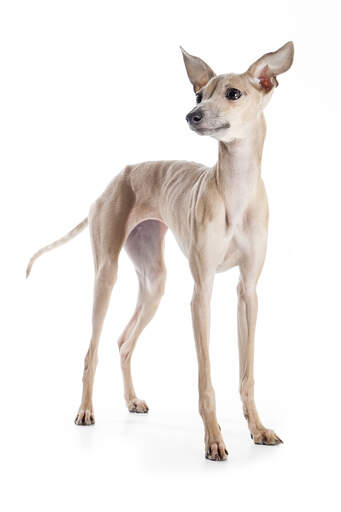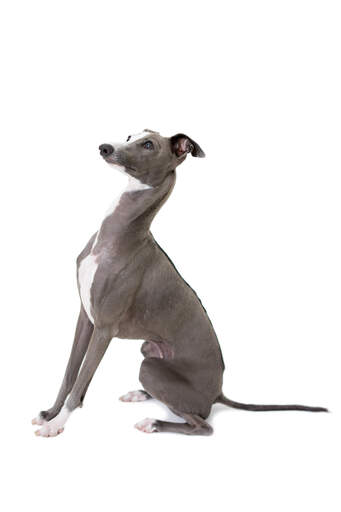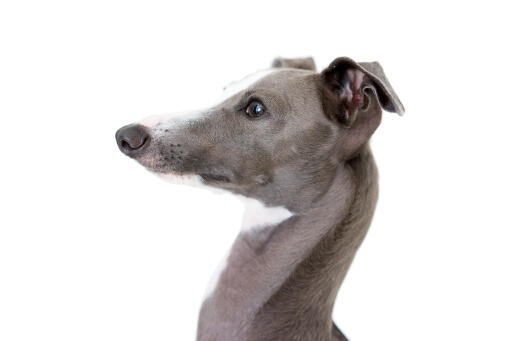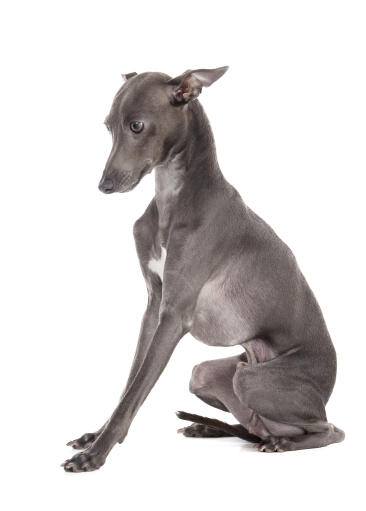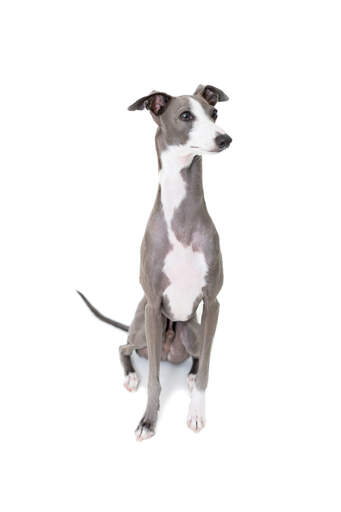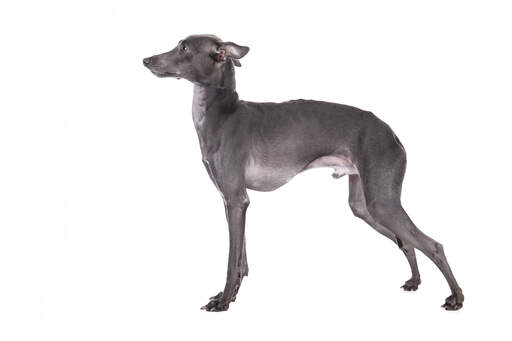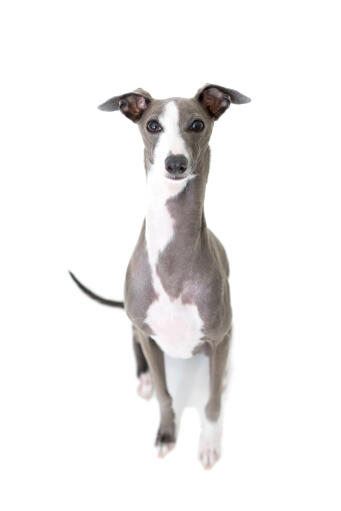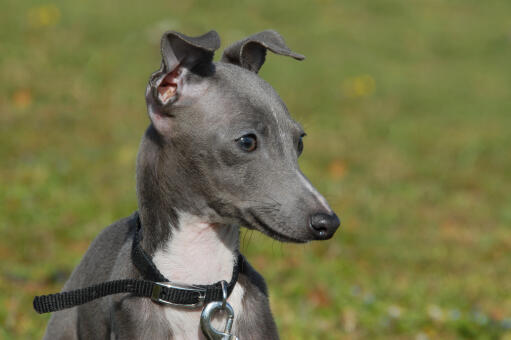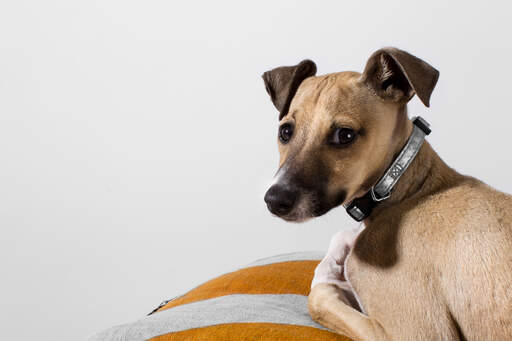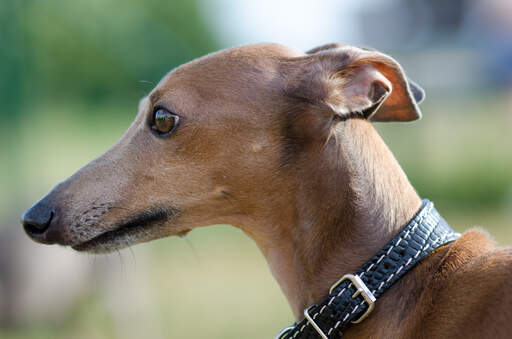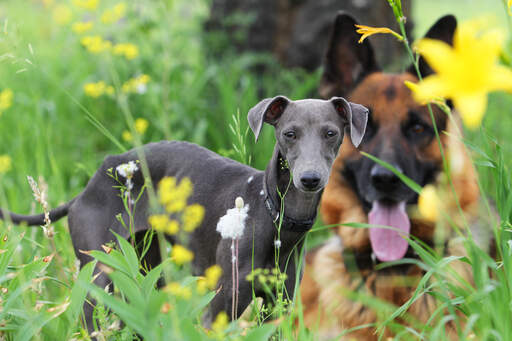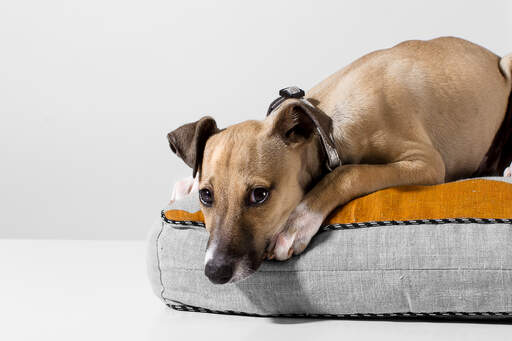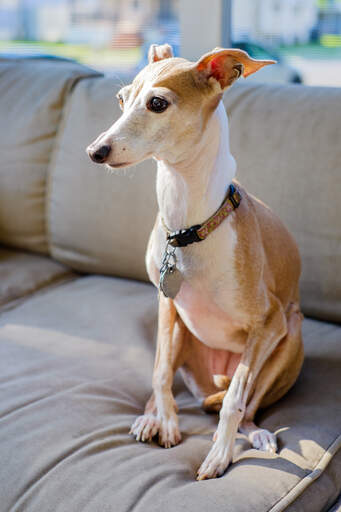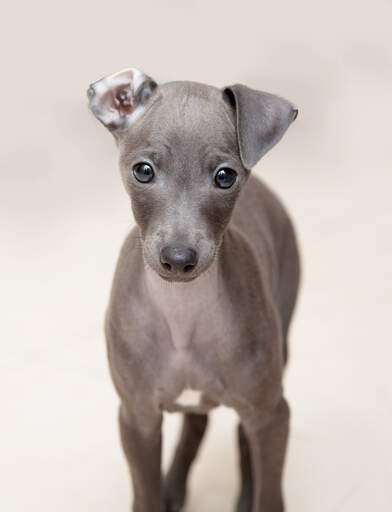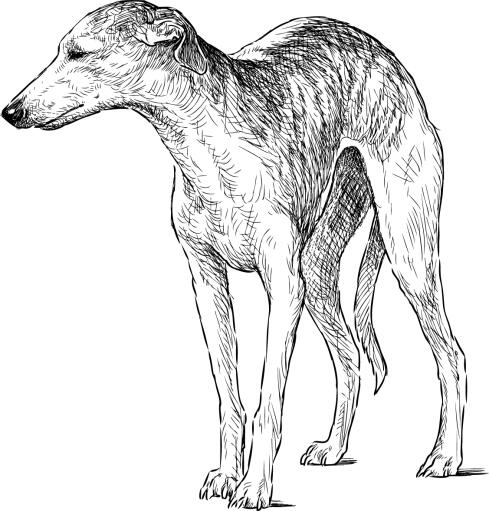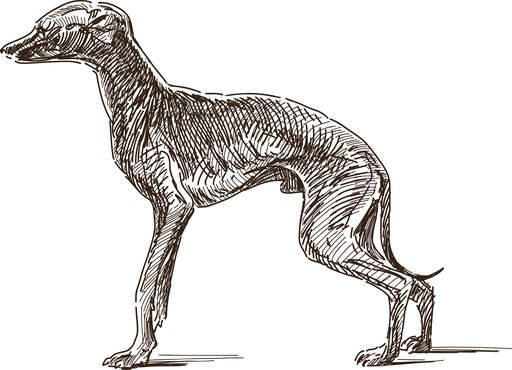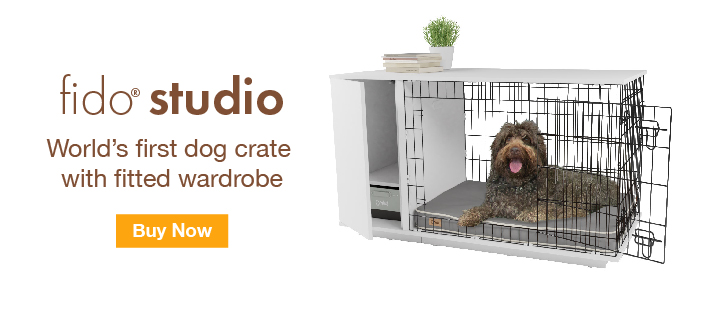Italian Greyhound Dogs
















History
The Italian Greyhound is an ancient breed. Skeletons have been found dating back 2,000 years, but their original function has been lost over time. They were probably bred as companions and to catch small rodents. It spread to Europe by the middle Ages and became a popular breed with nobility and Royalty. They are classed as Sighthounds, have excellent vision and are quick when prey is spotted.
Behaviour
The Italian Greyhound, or IG is a smart, loyal and sensitive breed, who will want to be by your side and snuggle up to you, given any possibility. They will burrow under your duvet and will want to sleep on/in your bed whenever you are in it, or not. They are good with older children, but being quite fragile, dislike the 'rough and tumble' that younger children enjoy. Their prey instinct makes them unsuitable with cats and other small pets, unless brought up with them from an early age. They can be aloof with strangers but make good watch dogs and will bark to raise the alarm. Getting them used to new people/places and noises should form part of their puppy training to get a well rounded dog. Due to their fine bone structure, but impressive speed/jumping ability, IGs are prone to broken legs. They love playing with other dogs, but be cautious with much larger dogs as rough play could result in a trip to the vets and a leg in plaster. Italian Greyhounds are clever, yet stubborn and have a 'what's in it for me' attitude. Training sessions need to be kept short to prevent boredom. They need kind, loving training and react badly to harsh words and actions. Even when trained, IGs have little sense of recall once they have spotted something and will dash off in search of their prey. They can reach speeds in excess of 25 mph and you stand little chance of catching them. IGs need lots of walks and can be very good jogging/running partners, they have lots of energy and you will struggle to tire them out completely. Best if they are walked in a secure area and given the chance to run around. Italian Greyhounds aren't fans of cold/wet weather ad will avoid going outside if they can help it. They are one of the hardest breeds to house train, so solid flooring is advisable. They will need a coat when the weather turns cooler as their thick skin and slight frame need protection from the elements. IGs are lively and enjoy competitions such as agility and lure coursing. Receiving praise and affection from their owner is the only reward they need.
Their short coat requires minimal grooming. Health wise they are a reasonably long lived breed; apart from leg breaks, they are prone to cataracts, Progressive Retinal atrophy (PRA) and sometimes epilepsy.
Temperament
Italian Greyhounds have a sensitive and devoted temperament. Like its English cousins the Italian Greyhounds loves comfort and cuddles from their families. Out and about they also follow the traditional Greyhound attributes being absolute speed and agility machines.
They get on well with other dogs although they can become timid if not socialised early with a broad range of dogs. They may avoid strangers but will be very loving towards their families. Many individuals will not be able to avoid the temptation to chase cats.
Health Problems
Health problems that may affect Italian Greyhounds include a range of dental diseases, epilepsy, leg fractures, progressive retinal atrophy (PRA: degeneration of the retina which can lead to blindess), some skin diseases and patellar luxation (dislocation of the knee cap).
Breed Details
- Status: Common
- Life Expectancy: 12 - 15 years
- Weight: 4 - 8.2 kg
- Height: 13 - 15"
- Rare: No
- Coat: Short
- Grooming Requirements: Once a week
- Town or Country: Either
- Minimum Home Size: Flat
- Minimum Garden Size: Small to Medium Garden
- Breed Type: Hound
- Size: Small
- Energy Level: High
- Exercise Required: Up to 1 hour

